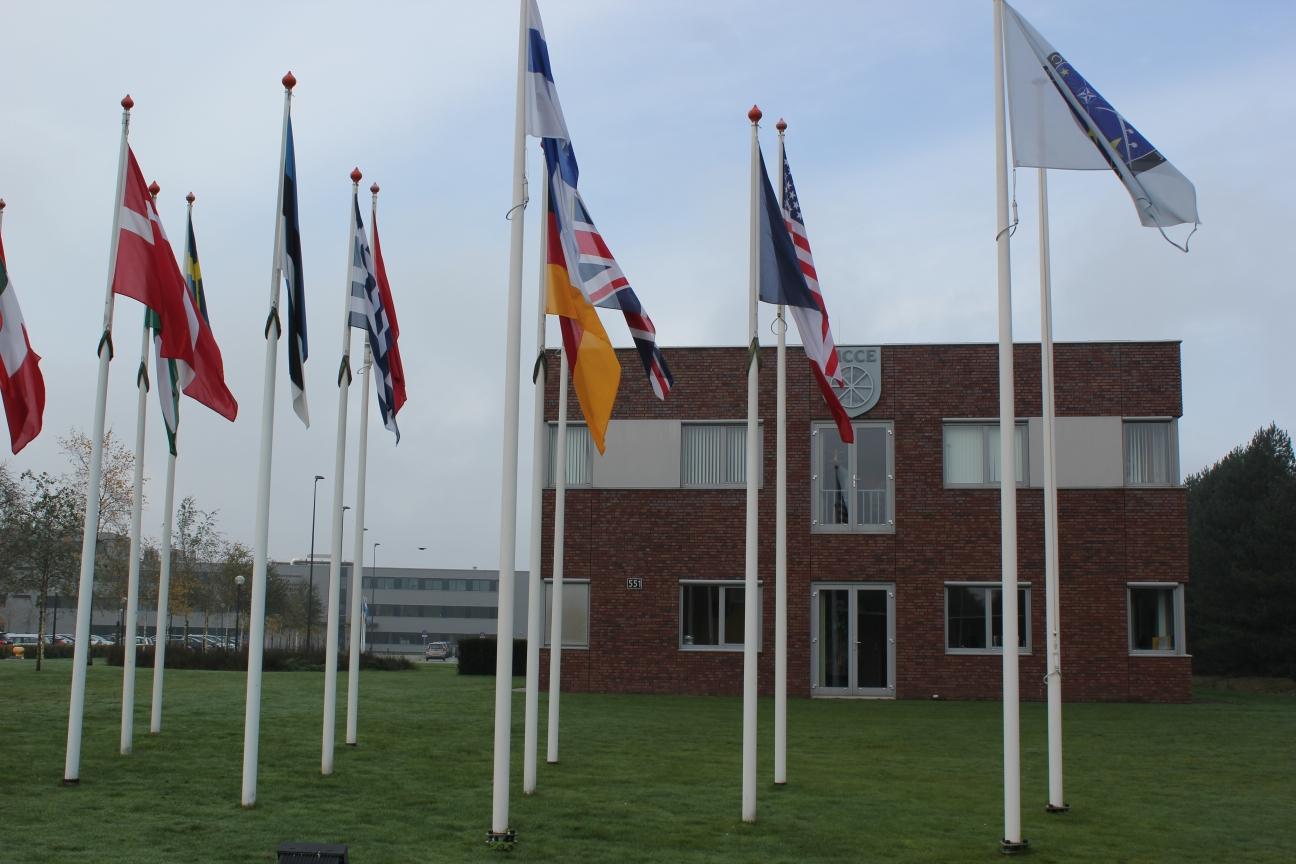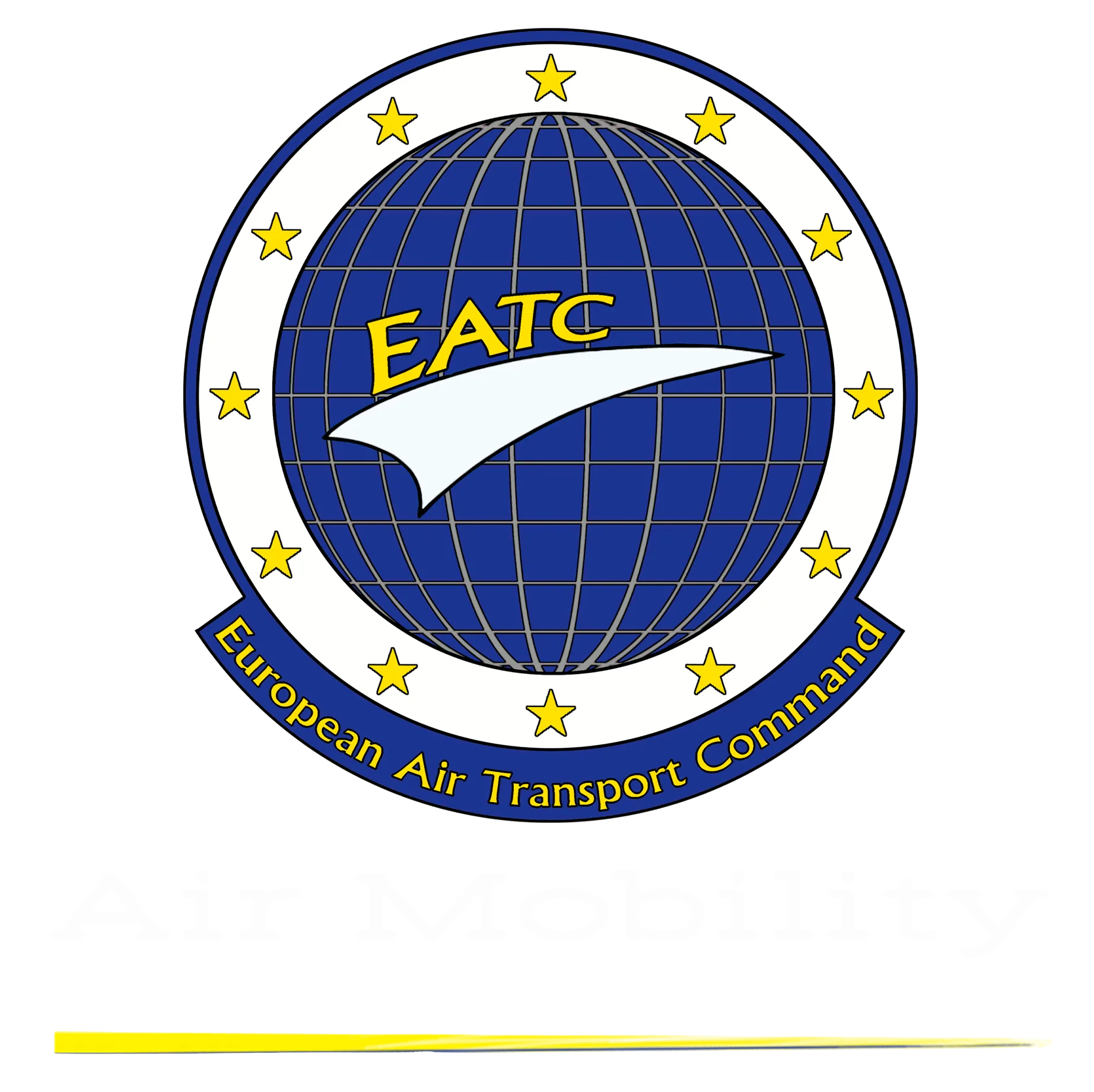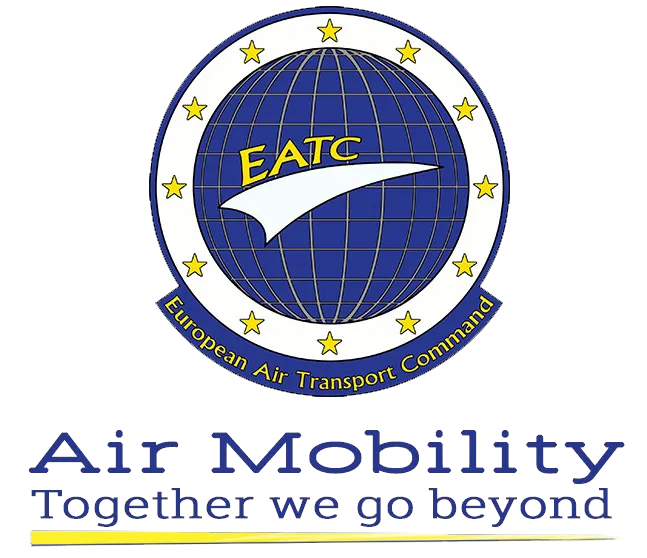A debt paid is a friend kept - Strategic airlift shortfall and the need for coordination
At the beginning of this century, NATO and the EU identified a lack of assured strategic lift capacity and of coordination of strategic lift assets. Willing nations worked together to resolve these shortfalls. To generate capacity, projects like SALIS (Strategic Air Lift Interim Solution) and SAC (Strategic Airlift Capability) were created in the field of airlift. To improve coordination, willing nations established multinational coordination centres like the European Airlift Centre (EAC) and the Sealift Coordination Centre (SCC), that merged into the Movement Coordination Centre Europe (MCCE) in July 2007. The MCCE is stationed at the Eindhoven Air Base - right next to the EATC.

As the EATC also manages a lot of different assets and the comparison of the different capabilities of these assets is quite difficult, the question of the right repartition of efforts was rapidly raised.
ATARES (Air Transport & Air to air Refueling and other Exchange of Services) is an arrangement between MCCE nations to provide a multi-national framework to facilitate mutual support through the exchange of services, in the realm of air force activity, through mutually acceptable arrangements.
Currently, 20 nations signed the ATARES Technical Arrangement (among which the EATC Participating Nations who provide more or less 50% of the ATARES EFH ).
The exchange of services is based on the EFH (Equivalent Flying Hour) of the nationally owned reference asset. The reference is the cost price of 1 C130/160 flying hour (EFH=1). Other nationally owned aircrafts are counted against the C130/C160 reference. Important to the system is that it is not based on bilateral reciprocity but that a participating nation is supposed to deliver to the ATARES community as many EFH as it receives from that same community. So ATARES offers the possibility that the Belgian Airbus A330 flies for France and in return France offers one of their C160 to the Netherlands while the Dutch Gulfstream IV flies the Belgian king to his next meeting.
One of the objectives of the EATC is to improve the effectiveness and efficiency of the participants’ military air transport efforts. ATARES is a good means for effective and efficient selection of the best available and most suitable asset (done in the operational division of the EATC). This leads to less outsourcing, less empty space and additional training opportunities.
In 2012, the EATC was able to organize the transport of 345.000 passengers and 19.100 tons of cargo while exchanging 3714 EFH between the EATC Participating Nations. Figures to underline how important ATARES became so far – and why EATC uses ATARES balancing... being created by the neighbouring MCCE.
Find more about MCCE here.


